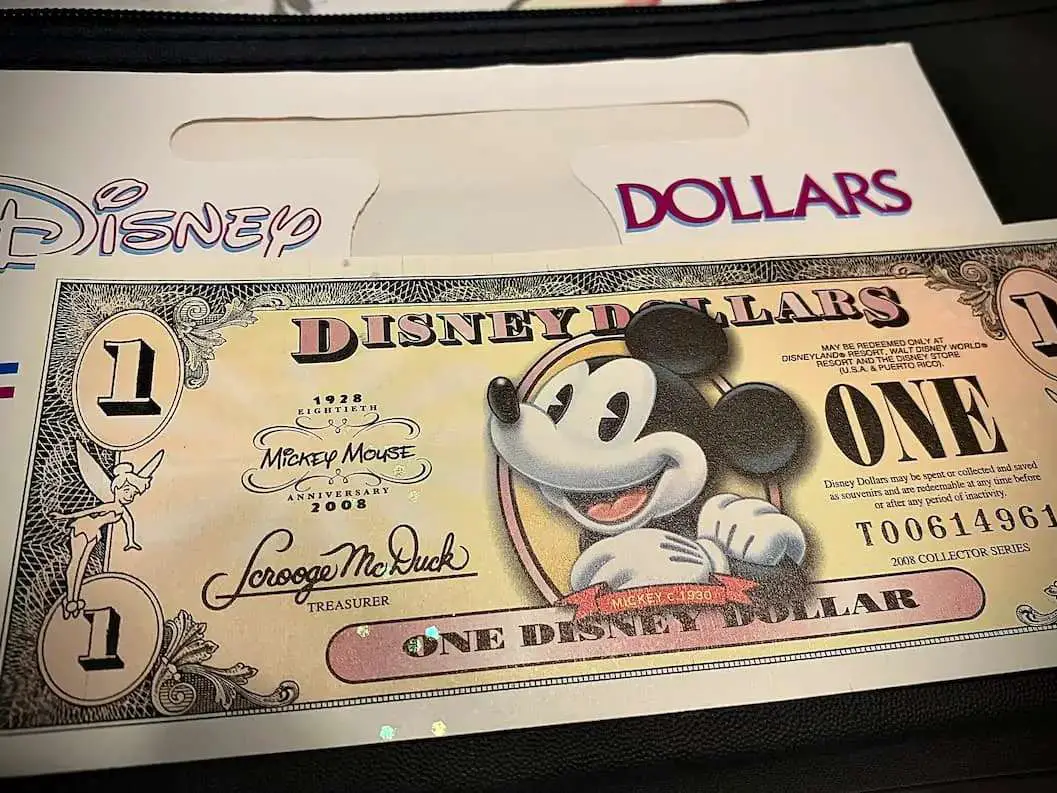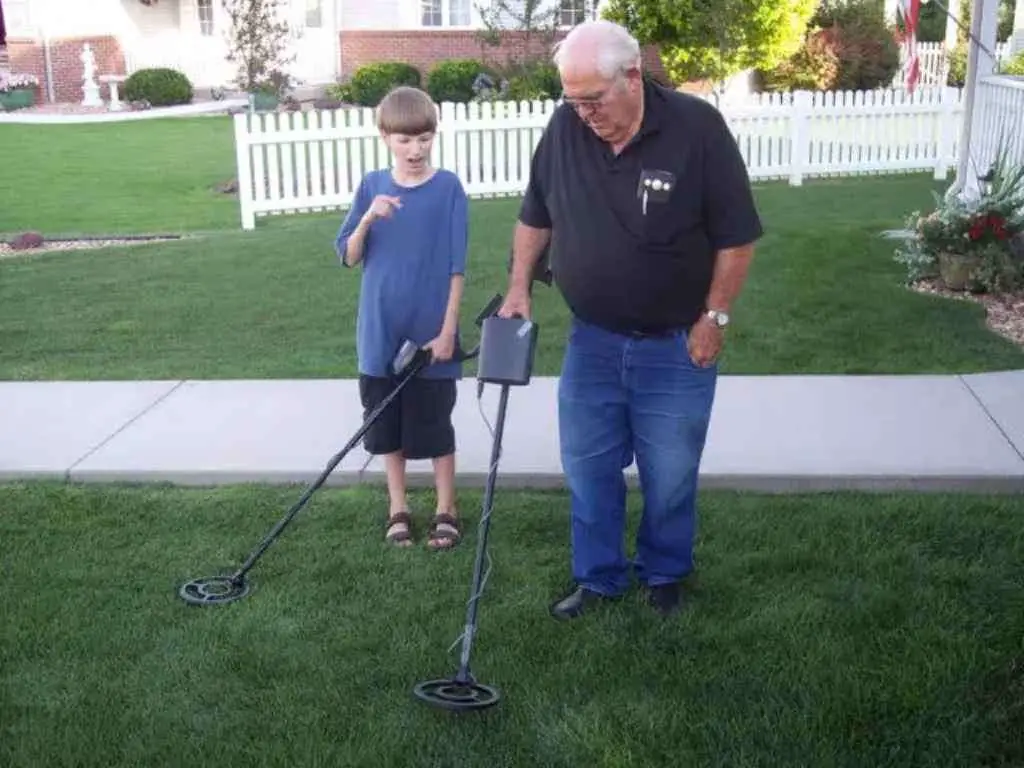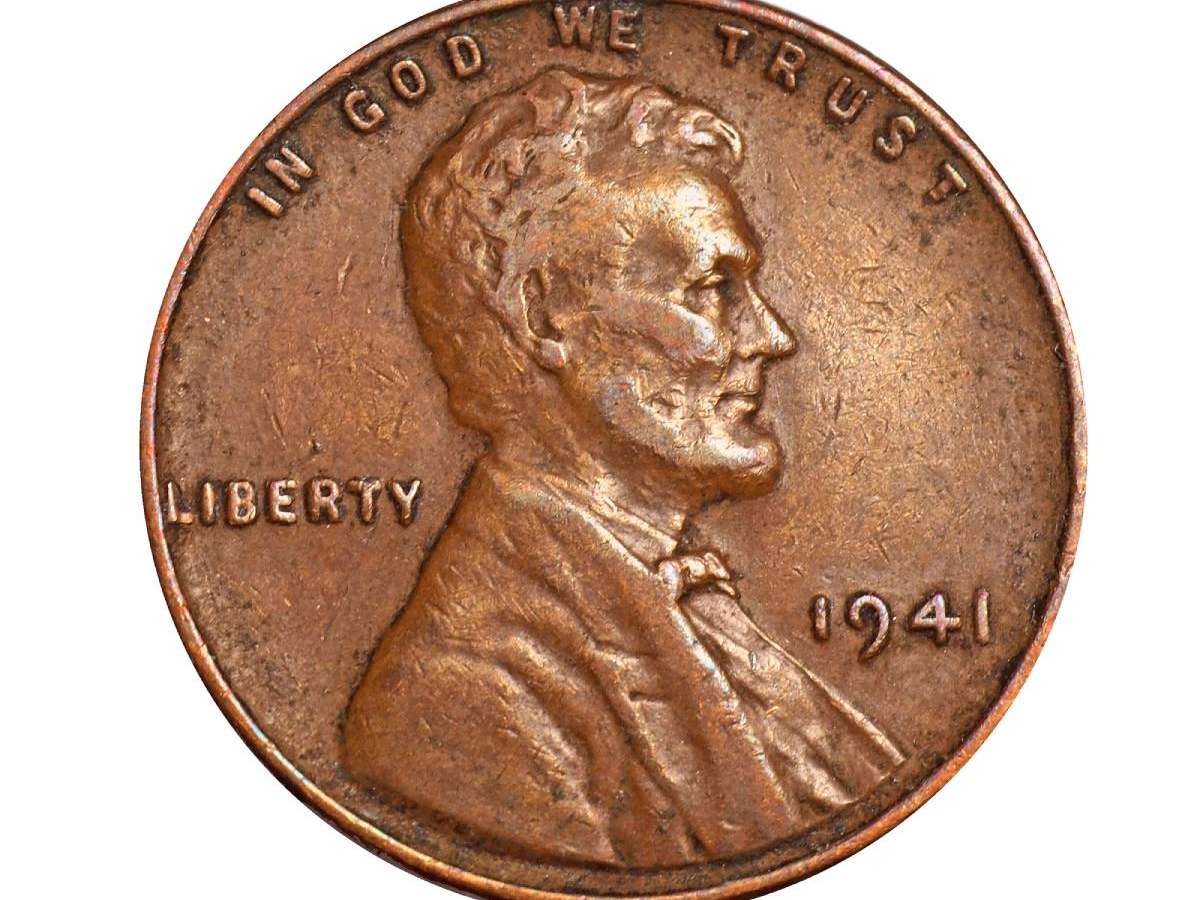Do you have any off-center error coins?
An off-center error coin is struck slightly to one side or another — sometimes, most or virtually all of the design may be missing from the coin altogether.
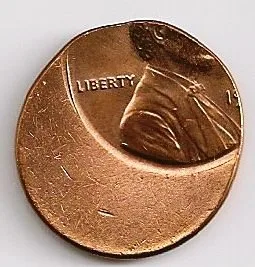
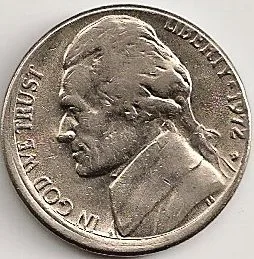
Off-center strikes are rare coins. However, they are among the most common and popular of all coin errors.
Following is everything you want to know about off-center coins, including:
- How off-center error coins are made
- Off-center coin values for most denominations
- Which off-center coins are worth the most money (yes, thousands of dollars!)
- The difference between misaligned die error coins and off-center error coins
How Off-Center Coins Are Made
While officials at the United States Mint do an incredible job producing millions of beautiful, virtually perfect coins day in and day out… things are bound to go wrong in the minting process at times.
In the case of off-center error coins, sometimes the planchet is not properly fed through machinery and centered correctly on the die punches. When that happens, only part of the design is imprinted on the blank — with some area of the planchet left blank.
An off-center coin is produced when the coin is struck once, albeit off center. Unlike a broadstrike, the punch is not in the center of the coin, but rather the edge. This results in a coin which is not circular. The coin gives a freakish appearance as a result, and various amounts of blank planchet space are visible.
— Source
How Much Off-Center Is Your Coin?
In order to determine the value of an off-center coin, you first need to know how much off-center the strike is. Off-center coins can exhibit strikes ranging from 1% off center to 99% off-center.
I see 1% off-center strikes in my pocket change fairly frequently. In most cases, coins that are only a touch off center aren’t really worth any premium.
Generally speaking, a coin has to be struck at least 5% off center for it to register any significant value as an error coin.
At the very minimum, the lettering near the edge of the coin must be at least partially cut off for the off-center coin to be worth something extra.
This is an example of an error coin that is 60% off-center:
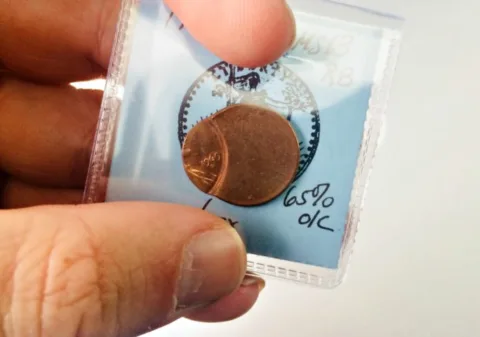
In terms of value:
- Off-center coins with strikes of 10% to 15% off center are worth less than those that show less than 50% of the design.
- If the entire date of the coin is showing, that piece is worth more than an off-center strike where only part of the date is showing — or none of the numerals at all.
As you’re probably gathering by now, off-center coin values range all over the board. So when someone asks, “What’s the value of my off-center penny?” …the answer isn’t really as clear-cut as the inquisitive collector is probably hoping it to be.
Off-Center Error Coin Values
The value of your off-center coin is best given by someone who has seen your error coin in-hand and can evaluate its individual merits as the unique off-center strike that it is. That said, there are some rough approximations on what off-center error coins are worth.
Here is a list of off-center coin values for examples in typical circulated condition:
Off-Center Error Penny, Nickel and Dime Coin Values
- Lincoln wheat penny 10% to 15% off center — $20+
- Lincoln wheat penny 20% to 35% off center — $50+
- Lincoln wheat penny 40% to 60% off center — $200+
- Jefferson nickel 10% to 15% off center — $5+
- Jefferson nickel 20% to 35% off center — $10+
- Jefferson nickel 40% to 60% off center — $30+
- Silver Roosevelt dime 10% to 15% off center — $20+
- Silver Roosevelt dime 20% to 35% off center — $75+
- Silver Roosevelt dime 40% to 60% off center — $125+
- Copper-nickel clad Roosevelt dime 10% to 15% off center — $5+
- Copper-nickel clad Roosevelt dime 20% to 35% off center — $10+
- Copper-nickel clad Roosevelt dime 40% to 60% off center — $25+
Off-Center Error Quarter Coin Values
- Silver Washington quarter 10% to 15% off center — $50+
- Silver Washington quarter 20% to 35% off center — $100+
- Silver Washington quarter 40% to 60% off center — $200+
- Copper-nickel clad Washington quarter 10% to 15% off center — $15+
- Copper-nickel clad Washington quarter 20% to 35% off center — $40+
- Copper-nickel clad Washington quarter 40% to 60% off center — $75+
- Bicentennial quarter 10% to 15% off center — $25+
- Bicentennial quarter 20% to 35% off center — $50+
- Bicentennial quarter 40% to 60% off center — $125+
- State quarter 10% to 15% off center — $25+
- State quarter 20% to 35% off center — $50+
- State quarter 40% to 60% off center — $100+
Off-Center Error Half Dollar Coin Values
- Silver Kennedy half dollar 10% to 15% off center — $50+
- Silver Kennedy half dollar 20% to 35% off center — $125+
- Silver Kennedy half dollar 40% to 60% off center — $300+
- Copper-nickel clad Kennedy half dollar 10% to 15% off center — $25+
- Copper-nickel clad Kennedy half dollar 20% to 35% off center — $50+
- Copper-nickel clad Kennedy half dollar 40% to 60% off center — $125+
- Bicentennial half dollar 10% to 15% off center — $100+
- Bicentennial half dollar 20% to 35% off center — $175+
- Bicentennial half dollar 40% to 60% off center — $250+
Off-Center Error Dollar Coin Values
- Eisenhower dollar 10% to 15% off center — $150+
- Eisenhower dollar 20% to 35% off center — $300+
- Eisenhower dollar 40% to 60% off center — $500+
- Bicentennial dollar 10% to 15% off center — $200+
- Bicentennial dollar 20% to 35% off center — $425+
- Bicentennial dollar 40% to 60% off center — $650+
- Susan B. Anthony dollar 10% to 15% off center — $50+
- Susan B. Anthony dollar 20% to 35% off center — $100+
- Susan B. Anthony dollar 40% to 60% off center — $175+
- Sacagawea dollar 10% to 15% off center — $250+
- Sacagawea dollar 20% to 35% off center — $400+
- Sacagawea dollar 40% to 60% off center — $1,000+
*Values for off-center coins are highly dependent on the qualities of the individual coin and generally aren’t as standardized as prices for regular-issue coins without errors. The above off-center coin values should be used as only a guide.
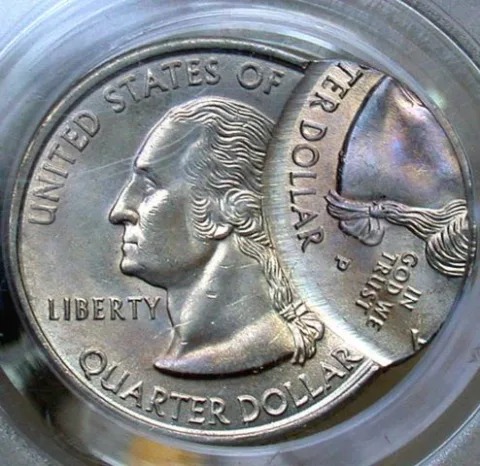
The Most Valuable Off-Center Error Coins
While the most dramatic off-center coin errors are worth much more than off-center strikes with better centering, the age and scarcity of off-center coins is also important in determining their value.
Interestingly, some of the most valuable off-center errors are those involving obsolete coins with strikes that are significantly off-center.
Here’s a rundown on what some of these old off-center error coins are worth:
- Off-center large cent — $500+
- Off-center Indian Head penny — $200+
- Off-center Liberty nickel — $650+
- Off-center Buffalo nickel — $600+
- Off-center Barber dime — $350+
- Off-center Mercury dime — $200+
- Off-center Franklin half dollar — $1,500+
- Off-center Morgan dollar — $3,500+
- Off-center Peace dollar — $3,000+
*Values above are for examples that are at least 10% to 15% off-center.
Misaligned Die Errors vs. Off-Center Error Coins
An off-center coin is very different from a misaligned die error, where only one side (usually the obverse) is off center while the reverse is properly squared.
A misaligned die error is caused when the hammer die (which punches a planchet from above) is not properly aligned with the striking area on the anvil die (which is stationary and impresses a planchet from below).
Misaligned die errors are worth a small premium, depending on how drastic the error is.
Here’s a video that explains the difference between off-center error coins and misaligned die errors:
Other Types Of Error Coins
There are many other types of error coins, in addition to off-center coins. Here are some of our articles about error coins:
I’m the Coin Editor here at TheFunTimesGuide. My love for coins began when I was 11 years old. I primarily collect and study U.S. coins produced during the 20th century.
I’m a member of the American Numismatic Association (ANA) and the Numismatic Literary Guild (NLG) and have won multiple awards from the NLG for my work as a coin journalist. I’m also the editor at the Florida United Numismatists Club (FUN Topics magazine), and author of Images of America: The United States Mint in Philadelphia (a book that explores the colorful history of the Philadelphia Mint). I’ve contributed hundreds of articles for various coin publications including COINage, The Numismatist, Numismatic News, Coin Dealer Newsletter, Coin Values, and CoinWeek.
I’ve authored nearly 1,000 articles here at The Fun Times Guide to Coins (many of them with over 50K shares), and I welcome your coin questions in the comments below!


